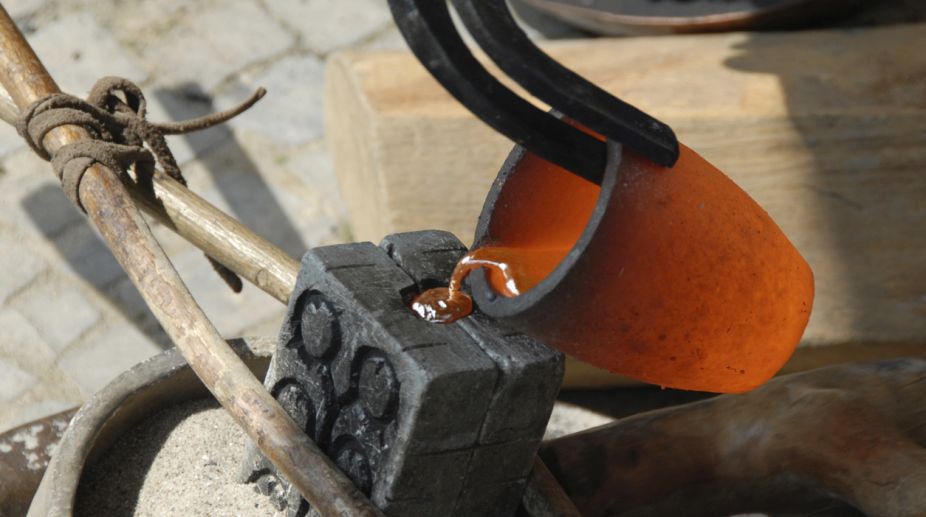Academic "time detectives" from Liverpool have used 3D digital technology to reveal the face of a Bronze Age farmer who lived in England 4,000 years ago.
Experts from Face Lab at the Liverpool John Moores University used the technology based on the study of the man's skull, reports Xinhua news agency.
Advertisement
The man's skeleton was found in an ancient burial ground in the county of Derbyshire in the 1930s. For the past 30 years, the remains have been part of a collection at Derbyshire's Buxton Museum.
The project is part of a heritage effort to connect Buxton Museum's collections to the surrounding landscape.
Joe Perry, assistant collections officer at the museum, said it was important to put a face to the Bronze Age remains.
Caroline Wilkinson from Face Lab said clay was used in the technique to help build the face.
It was always a thrill to see the process work on ancient people, she said on Sunday, adding: "It's a surprise to people when they look like us, it creates more empathy."
The skull of the man was found damaged inside a stone box at the old burial ground known as Liff's Low.
A type of beaker and a stone pendant were found along with the human remains.
Perry believes the Liff's Low man could be about 35 when he died and spent his life farming within the Peak District.
It is believed the stone box he was buried in collapsed, causing damage to the front of his skull.
The remains, along with the image of the Peak District's most famous farmer, will go on public display when the museum reopens in September.











